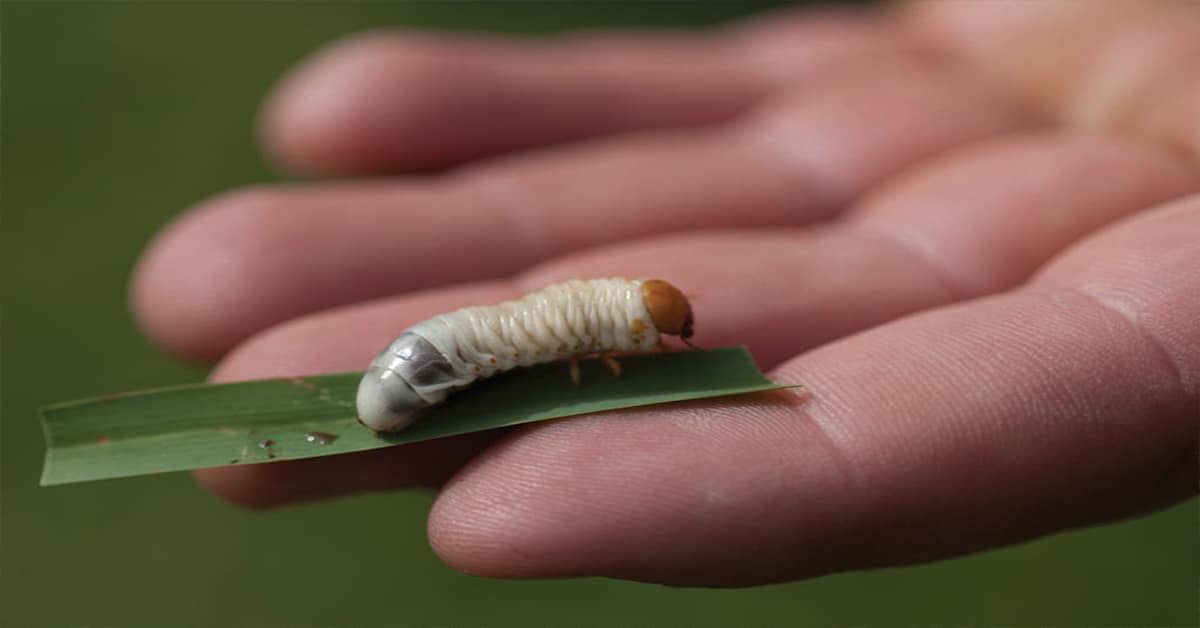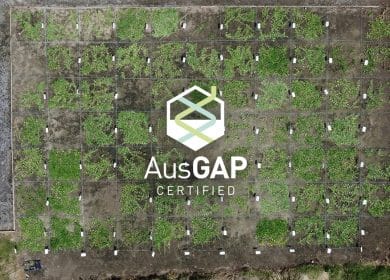Turfgrass pest populations linked to turfgrass management practices

Turfgrass have become the most widely used and managed urban plantings. With this, managing turfgrass pest populations has become an increasingly important. Turfgrass has many benefits for the environment, it supplies oxygen, reduces erosion, filters dust from the air and moderates temperatures. These beneficial elements of turfgrass have encouraged research in the maintenance and insect resistance of these grasses. Researchers are suggesting that environmental factors as well as turfgrass management practices affect turfgrass insect populations.
With emphasis on aesthetic standards of turfed sporting fields and the home lawn, there is little margin for error. Colour and uniformity are the most desirable elements of turfgrass aesthetically so even limited insect damage is considered unappealing. Turfgrass insects go mainly unnoticed until feeding damage becomes obvious or the more active and visible adult stages emerge. From this, it has become common to use insecticides to prevent damage from infestations. Other cultural practices are being studied as effective pest management however, at present insecticides is often the only practical way when unexpected and heavy pest infestations occur.
What are the types of turfgrass pests?
Turfgrass pests cause damage in different turfgrass habitats. These insects have been divided into three primary groups depending on the stage in life where they are most destructive. For example, these groups are divided by leaf and stem, thatch, rootzone and soil (Potter et al., 1991). However, some insects are capable of occupying more than one habitat during its life span and may even inhabit all three. Furthermore, damage is caused by pests feeding upon roots, burrowing, consuming leaves and stems, and sucking the plants juices.
How does turfgrass and its management affect turfgrass pest populations?
Turfgrass has functional, aesthetic, and monetary value, furthermore, its health is important to the environment. While all species of turfgrass can be damaged, research has found that turfgrass cultivars have differing pest resistance or are less preferred by insects or mites (Potter et al., 1991). Additionally, the cultivar is not the only factor in pest population but also in the cultural management practices of the turfgrass. Practices such as fertilising, irrigating and mowing may have an effect on the population levels and the damage they conduce (Beehag et al., 2016). For example, excess nitrogen can weaken the leaf blades in turn be more susceptible to insect damage (Beehag et al., 2016). On the other hand, population management practices also rely on the use of Acelepryn, to act as a preventative saving time and money than if it was to be treated post-emergence.
How does climate affect turfgrass pest populations?
For pest populations to grow the climatic conditions have to be favourable for the development and growth of the pest. Turfgrass pests have adapted to a set of environmental conditions and if these conditions are not met, they will not be able to survive or reach levels that can damage turf. The major climatic factors that determine pest population levels are temperature, moisture, wind, and light. Ambient temperature being the most important to the growth and development of turfgrass insects as they are unable to regulate their own body temperature and rely on ambient temperature for survival (Cheng et al., 2014).
With demand for high quality turf and little margin for area in turfgrass management it is important to mitigate factors that may damage turf. Turfgrass pests can have a sudden and detrimental effect on turfgrass health and aesthetics. It is important to understand the driving factors of turfgrass insect growth and development and how cultural management practices, climate and turf can affect pest population.
References:
Potter, D. A., & Braman, S. K. (1991). Ecology and management of turfgrass insects. Annual Review of Entomology, 36(1), 383–406. https://doi.org/10.1146/annurev.en.36.010191.002123
Beehag, G., Kaapro, J., & Manners, A. (2016). Pest management of Turfgrass for Sport and Recreation. CSIRO PUBLISHING.
Cheng, Z. (2014, February). Turfgrass Integrated Pest Management. Turfgrass Management at the University of Hawaii. http://turfgrass.ctahr.hawaii.edu/downloads/Intro%20on%20Turf%20IPM.pdf


